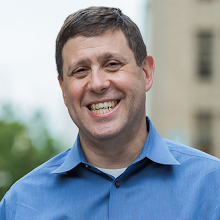Though different schools and districts have different schedules, our modified calendar works like this: The first day back to school typically falls in the first week of August. The children attend regular classes for nine weeks. Then they have a two-week break, or intersession, in October, when they can choose either to attend fun, creative classes or to go on vacation. Then they have nine more weeks of school, winter break, and then a week of intersession in January. Nine more weeks of school, then a two-week intersession that bumps up against spring break. The school year ends in June, at the same time as schools on the traditional calendar. But summer break lasts five or six weeks, rather than the traditional 10.
If students choose to pursue the intersession classes, by the time they've gone from kindergarten through fifth grade, they'll have attended what amounts to an additional year of school. And this isn't just the same test-prep, paper-and-pencil, drill-and-kill stuff that so much public education has become. Done right, intersessions are a time to open minds and discover passions. At our school, students have learned karate, ballet, photography, cooking and a host of other things. Children needing extra help are invited to attend half-day remedial classes. But these are remedial classes with a twist. Like Math You Can Eat. My son learned fractions using brownies. Students learning English hone language skills in Books Come Alive by reading such classic stories as Goldilocks, writing their own scripts and acting them out.
Sunday, June 07, 2009
The Case for Year Round School
this is a great idea from the Washington Post, whose time has to come soon. The only way for us to continue to compete in a global market is to evolve our 19th century agrarian educational model into a more modern way to teach and train our young people so that we may remain relevant now and into the future.
Subscribe to:
Post Comments (Atom)









No comments:
Post a Comment